No, the Department of Education Didn’t Say Nursing Isn’t a Professional Degree—Here’s What Really Happened
- Andrew Langer
- 13 minutes ago
- 6 min read

If you’ve glanced at the news cycle this week, you have probably seen headlines claiming that the U.S. Department of Education has declared nursing “not a professional degree.” Social media reacted immediately—with anger, disbelief, and a fair amount of political opportunism. Nurses and nursing students understandably felt insulted. Commentators rushed to frame the situation as yet another example of Washington “not valuing” frontline health-care workers.
But the viral narrative is wrong. It’s based on a misunderstanding of federal loan statutes—not on any judgment about the legitimacy of nursing as a profession.
Here’s what actually happened: the Department of Education finalized a rule implementing a statute written by Congress, one that caps federal Direct Unsubsidized Loans for most graduate students at $20,500 per year. Congress created a short list of degrees that qualify for a higher cap—$50,000 per year, and nursing was not included. The Department did not create that list. It merely codified what Congress wrote.
And thanks to the Supreme Court’s 2024 Loper Bright decision, the Department had no legal room to reinterpret or expand Congress’s definition even if it had wanted to.
So, no: the Department of Education did not “declare nursing isn’t a real profession.” It implemented the law exactly as Congress required.
The real story is about legislative choices, regulatory limits, and the deeper policy failure to recognize health care as a sector already struggling with resource shortages. And behind that lies an even bigger conversation—about why tuition has skyrocketed and why financing essential degrees has become increasingly difficult.
1. What the Rule Actually Did
On its face, the rule is simple. Federal law sets an annual borrowing limit for graduate and professional students using Direct Unsubsidized Loans. That limit is $20,500. A higher cap—$50,000—applies only to certain fields Congress explicitly designated as “professional degrees” for loan purposes.
These include medicine, dentistry, veterinary medicine, law, and a handful of others. Congress did not add nursing to the list.
In the past, agencies might have stretched statutory definitions or created regulatory exceptions to accommodate fields Congress overlooked. But Loper Bright v. Raimondo fundamentally changed administrative law. The Supreme Court held that agencies may not use interpretive discretion to expand or modify statutes in ways Congress did not authorize.
In this context, that means:
The Department could not reinterpret “professional degree” to include nursing.
It could not add new degree categories.
It could not create special exceptions.
It could only implement the list Congress provided.
This is a statutory issue, not a value judgment. Congress controls the loan caps. The Department of Education cannot change them.
2. Misunderstanding the Policy Leads to Misplaced Outrage
The misinformation circulating online stems from the false assumption that the Department “decided” nursing isn’t professional. But agencies do not have that kind of philosophical discretion. Their authority is functional, not symbolic. When a statute draws a line, the agency must enforce it—even if the line seems arbitrary or outdated.
A more accurate critique would be that Congress failed to update the statutory list of professional degrees to reflect modern workforce realities. Nursing—one of the most essential, in-demand professions in the country—remains constrained by the lower loan cap because Congress has not amended the statute.
The frustration is understandable. But the target is misplaced.
3. The Real Policy Failure: Workforce Needs vs. Loan Design
The health-care system is already straining under provider shortages. Whether looking at physicians, nurses, or physician assistants, the numbers point to a widening gap between patient demand and the supply of trained professionals.
This is a classic resource-economics problem:
Demand for health care continues to rise—fueled by demographic shifts, expanded coverage policies, and aging populations.
Supply of providers has not kept up.
Educational pipelines—nursing programs, residencies, clinical placement capacity—remain constrained.
Meanwhile, the degrees necessary to enter these professions have become more expensive at a staggering pace.
This mismatch is not new, but has been a topic many have raised over the past 20 years: when policy decisions increase demand for health care (as the Affordable Care Act did) without increasing provider supply, shortages worsen. Those shortages make health care less accessible, less affordable, and more strained.
Federal loan policy should be aligned with workforce needs. Instead, Congress designed a loan cap structure that treats degrees essential to the nation’s health-care stability as though they were ordinary postgraduate credentials, rather than critical components of our public-service infrastructure.
This is the real policy failure—not any judgment about the prestige or professionalism of nursing.
4. The Tuition Explosion: The Broader Structural Problem
There is another dimension that has gone almost entirely unmentioned in the media coverage: the staggering rise of tuition over the past two decades.
The national data are unequivocal:
Tuition has increased far faster than inflation.
Tuition has increased far faster than wage growth.
Tuition has increased far faster than the maximum levels of federal aid.
Across public institutions, tuition and fees have more than doubled—sometimes tripled—since the early 2000s. Nursing programs, in particular, have become significantly more expensive due to clinical training requirements, equipment costs, accreditation standards, and the administrative expansion that has swept across higher education broadly.
This raises a natural question: Why are students bumping into federal loan caps in the first place?
Because tuition has skyrocketed to levels Congress never imagined when these caps were first designed.
This is where the Bennett Hypothesis enters the conversation. Proposed by former Education Secretary William Bennett, the hypothesis suggests that increases in federal student aid enable institutions to raise tuition, because colleges know that students can borrow more to cover the difference.
Over time, a growing body of empirical research has reinforced the basic pattern: When the federal government increases aid, colleges increase prices.
This does not mean federal aid should not exist. But it does mean the structure of federal aid matters deeply—and that poorly designed loan caps, unlimited borrowing categories, and forgiveness programs can create perverse institutional incentives.
The result: students pay more, borrow more, and graduate owing more.
And when Congress fails to modernize statutory caps to reflect actual tuition levels, students in essential fields—like nursing—find themselves squeezed.
5. Why This Misinformation Matters
You might ask: if the criticism is misdirected, does it really matter whether the public blames the Department of Education or Congress?
Yes. Absolutely.
Because public anger aimed at the wrong entity leads to pressure for the wrong reforms.
If people believe the Department of Education “devalued nursing,” they will demand changes the Department cannot legally make—changes that would require it to violate Loper Bright or exceed its statutory authority. That is a dead end.
But if people understand that Congress designed the loan caps—and that Congress omitted nursing from the higher-cap list—there is a clear path forward:
Congress must amend the statute.
No regulatory redefinition. No workaround. No agency rulemaking “fix.”Only legislation.
This distinction is essential if we are going to solve the underlying problem instead of generating another unproductive outrage cycle.
6. What Policymakers Should Do Next
To address the real issue, not the invented one, policymakers should pursue three concrete reforms:
A. Update the statutory definition of “professional degrees.”
Congress should explicitly add nursing to the list of degrees eligible for the higher loan cap. The health-care workforce has evolved dramatically since the original list was drafted, and federal loan policy must evolve with it.
B. Confront the role of tuition inflation and the incentive structure driving it.
No amount of tweaking federal loan caps will solve the underlying problem if higher education continues to raise tuition at unsustainable rates. Policymakers must examine:
The link between federal aid and institutional pricing decisions
Administrative bloat across higher education
Accreditation structures that limit competition
Regulatory burdens that drive up institutional costs
Ignoring these drivers guarantees that students will continue to hit loan ceilings, no matter how high Congress raises them.
C. Treat health-care workforce shortages as a national strategic concern.
The United States cannot meet future health-care demands without expanding the pipeline of trained providers. That means:
Removing financing barriers
Expanding clinical training capacity
Reforming licensing and scope-of-practice rules
Incentivizing provider retention
Federal student-loan policy is not a side issue here—it is foundational.
Conclusion
The claim that the Department of Education “declared nursing isn’t a profession” makes for flashy headlines, but it collapses under even minimal scrutiny. The Department did not make a value judgment. It implemented a congressional statute. Congress wrote a narrow list of degrees eligible for a higher loan cap. Nursing was not included. After Loper Bright, the Department has no legal authority to expand that list.
The real problem is much bigger: federal loan policy hasn’t kept up with the realities of modern workforce needs, and the cost of higher education has risen far faster than congressional loan caps or family incomes. Tuition inflation—enabled in part by poorly designed federal aid structures—has made even essential degrees increasingly difficult to finance.
If America wants more nurses, the solution is not outrage at the wrong target. The solution is legislative reform, tuition restraint, and a health-workforce strategy grounded in resource economics rather than political theater.
The misinformation of the week will fade. The structural problems will not—unless Congress and higher education choose to fix them.





.png)




_gif.gif)